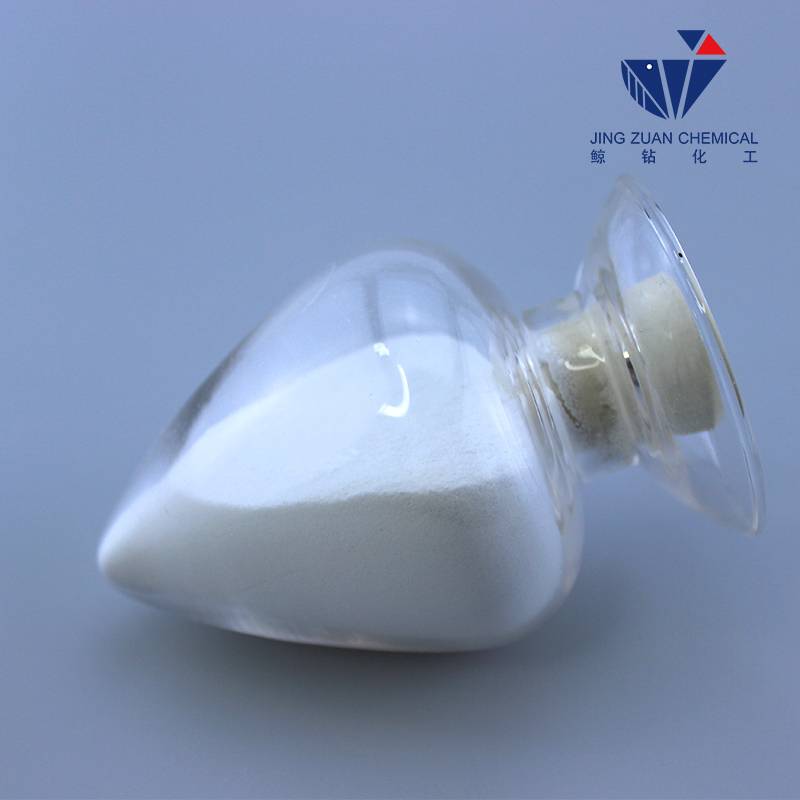
Nov . 16, 2024 16:09 Back to list
how is hydroxyethyl cellulose made
How is Hydroxyethyl Cellulose Made?
Hydroxyethyl cellulose (HEC) is a non-ionic, water-soluble polymer derived from cellulose, which is a natural polymer found in the cell walls of plants. Widely utilized in various industries such as pharmaceuticals, cosmetics, food, and construction, HEC is known for its thickening, gelling, and film-forming properties. The production of hydroxyethyl cellulose involves a series of chemical reactions that transform cellulose into its modified form. This article outlines the key steps in the manufacturing process of hydroxyethyl cellulose.
The first step in the production of hydroxyethyl cellulose is the sourcing of raw materials. Cellulose is typically obtained from wood pulp or cotton. The purity and quality of the cellulose are critical, as they directly impact the properties of the final product. Once the cellulose is sourced, it is subjected to purification processes to remove impurities, ensuring that the base material is suitable for further chemical modification.
2. Esterification Process
The next step is the esterification of cellulose. This process involves the reaction of cellulose with ethylene oxide, the key reagent for introducing hydroxyethyl groups onto the cellulose backbone. The cellulose is suspended in an appropriate solvent, often an aqueous-alcoholic solution, to facilitate the reaction. Carefully controlling the temperature and pressure during this step is crucial, as it influences the degree of substitution – the number of hydroxyethyl groups introduced per glucose unit in the cellulose chain.
The reaction typically occurs in an alkaline environment, which helps in activating the hydroxyl groups on cellulose and facilitates the nucleophilic attack by ethylene oxide. The reaction conditions, including time, temperature, and the molar ratio of ethylene oxide to cellulose, are optimized to achieve the desired properties of hydroxyethyl cellulose.
how is hydroxyethyl cellulose made

3. Neutralization and Purification
Following the esterification reaction, the resulting mixture contains hydroxyethyl cellulose along with unreacted ethylene oxide and other by-products. To neutralize any excess alkalinity and free ethylene oxide, the mixture undergoes a purification step, which may include washing with dilute acid or water. This step is essential for ensuring that the final product is safe for use in sensitive applications, such as food or pharmaceuticals.
4. Drying and Milling
Once purified, the hydroxyethyl cellulose is usually precipitated, filtered, and then dried to remove any remaining solvents. The drying process is carefully controlled to prevent degradation of the polymer. After drying, the HEC is milled into a fine powder to achieve the desired particle size. The final product is then packaged and labeled, ready for distribution to various industries.
5. Quality Control
Throughout the manufacturing process, rigorous quality control measures are implemented to ensure that the hydroxyethyl cellulose meets the required specifications. Key parameters such as viscosity, purity, and degree of substitution are tested to ensure compliance with industry standards. This is particularly important in sectors like pharmaceuticals, where product consistency and safety are paramount.
In conclusion, the production of hydroxyethyl cellulose is a complex process involving sourcing and purifying cellulose, modifying it through esterification with ethylene oxide, and further purifying and drying the resulting product. Through careful control of the manufacturing parameters and rigorous quality testing, manufacturers can produce high-quality hydroxyethyl cellulose that finds applications across a myriad of industries, demonstrating its versatility and importance in modern formulations.
-
Versatile Hpmc Uses in Different Industries
NewsJun.19,2025
-
Redispersible Powder's Role in Enhancing Durability of Construction Products
NewsJun.19,2025
-
Hydroxyethyl Cellulose Applications Driving Green Industrial Processes
NewsJun.19,2025
-
Exploring Different Redispersible Polymer Powder
NewsJun.19,2025
-
Choosing the Right Mortar Bonding Agent
NewsJun.19,2025
-
Applications and Significance of China Hpmc in Modern Industries
NewsJun.19,2025







